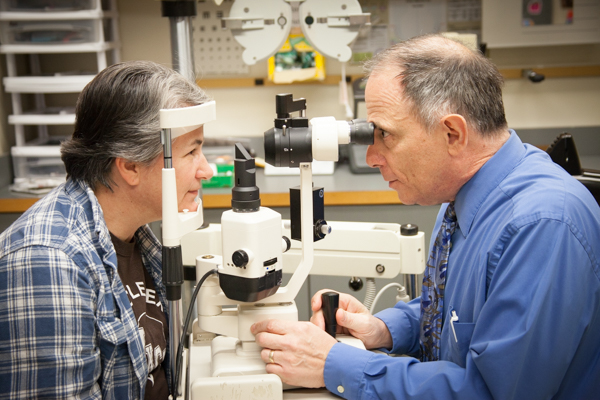Neighborhood Glaucoma Service Near Me: Trusted Specialists for Eye Wellness
Neighborhood Glaucoma Service Near Me: Trusted Specialists for Eye Wellness
Blog Article
The Function of Advanced Diagnostic Devices in Identifying Eye Disorders
In the realm of ophthalmology, the application of sophisticated analysis tools has revolutionized the very early identification and administration of various eye problems. As the need for accurate and timely medical diagnoses proceeds to grow, the assimilation of sophisticated devices like optical comprehensibility tomography and visual area screening has become important in the world of eye care.
Value of Very Early Diagnosis
Very early diagnosis plays a critical duty in the efficient management and therapy of eye problems. Timely recognition of eye conditions is important as it enables timely treatment, possibly protecting against additional development of the condition and reducing long-term difficulties. By finding eye disorders at a very early stage, doctor can provide ideal therapy strategies customized to the certain condition, ultimately leading to far better outcomes for patients. Moreover, early medical diagnosis allows patients to access necessary assistance services and resources quicker, boosting their general top quality of life.

Technology for Identifying Glaucoma
Cutting-edge analysis technologies play a vital role in the early detection and tracking of glaucoma, a leading cause of irreversible blindness worldwide. Another advanced tool is visual field testing, which maps the level of sensitivity of a patient's visual area, helping to discover any type of areas of vision loss characteristic of glaucoma. These sophisticated diagnostic devices allow eye doctors to detect glaucoma in its very early stages, allowing for timely treatment and better administration of the illness to avoid vision loss.
Function of Optical Comprehensibility Tomography

OCT's capability to measure retinal nerve fiber layer thickness permits for specific and unbiased measurements, aiding in the very early detection of glaucoma even prior to aesthetic field flaws come to be evident. In addition, OCT modern technology permits longitudinal tracking of architectural adjustments with time, promoting customized treatment plans and timely interventions to assist protect individuals' vision. The non-invasive nature of OCT imaging also makes it a preferred selection for keeping an eye on glaucoma progression, as it can be duplicated routinely without causing pain to the individual. Generally, OCT plays an important function in boosting the diagnostic precision and monitoring of glaucoma, ultimately adding to better outcomes for individuals in danger of vision loss.
Enhancing Medical Diagnosis With Visual Area Testing
An important component in comprehensive ocular analyses, visual field testing plays an essential role in enhancing the analysis procedure for different eye conditions. By assessing the complete extent of a person's visual area, this test offers vital info concerning the practical honesty of the whole visual path, from the retina to the visual cortex.
Aesthetic area testing is specifically important in the diagnosis and administration of problems such as glaucoma, optic nerve conditions, and numerous neurological diseases that can influence vision. With measurable dimensions of peripheral and central vision, clinicians can detect refined modifications that might show the existence or progression of these disorders, also prior to visible symptoms take place.
Moreover, aesthetic area screening enables for the monitoring of treatment efficacy, aiding ophthalmologists tailor healing interventions to private people. eyecare near me. By tracking adjustments in aesthetic field performance over time, doctor can make educated decisions about adjusting drugs, recommending surgical interventions, or implementing other appropriate procedures to protect or enhance a patient's visual feature
Managing Macular Degeneration

Verdict
In final thought, progressed analysis tools play a crucial role in identifying eye disorders early on. Technologies such as Optical Comprehensibility Tomography and visual field screening have greatly boosted the accuracy and efficiency of identifying conditions like glaucoma and macular deterioration.
Report this page